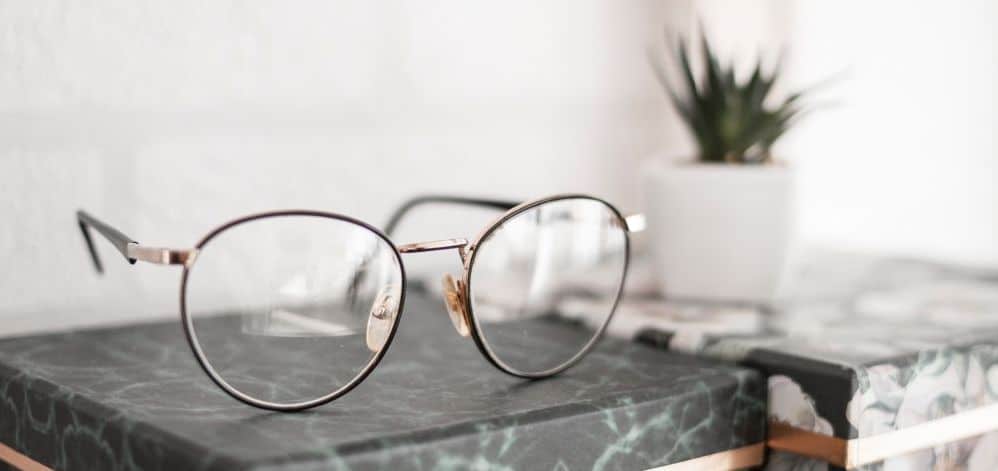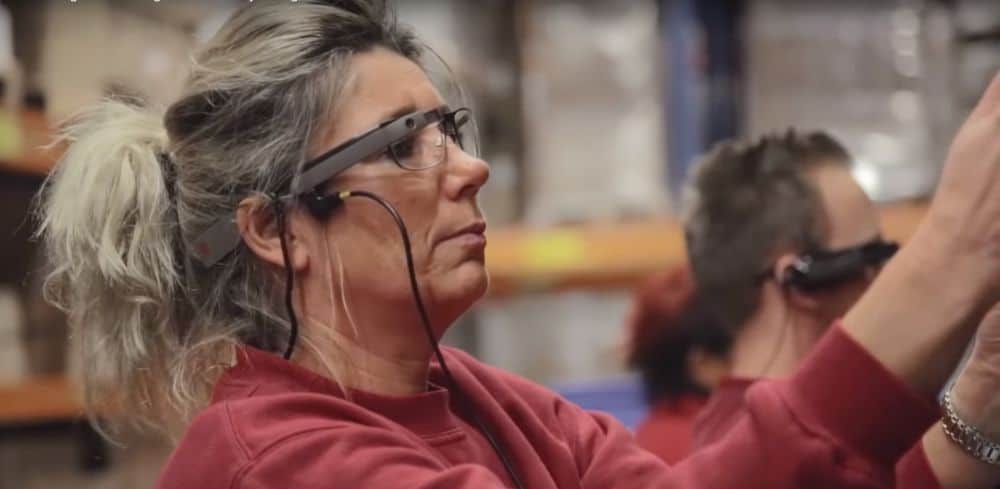Everyone has some form of idea what smart glasses are like or what they can be used for. Either you enjoy sci-fi films where the futuristic technology has sparked your imagination or you’ve seen advertisements or the real articles of what’s available on today’s market. There’s potential for these pieces of eye-wear to better our quality of life and make work life easier and even safer in many occupations.

So for you to get an overview of what exactly it is that smart glasses can do, I’ll list some of the many applications and use-cases in this article. To give a brief peek into the capabilities of smart glasses, they can be used for:
- Medicine (autism, low vision, surgery, medical training and others)
- Museums (virtual guides)
- Warehouses (vision picking, product assembly)
- Construction
- Subtitling and translation (e.g theaters)
- Fitness and training
- Retail
- Disaster management
- ..and others
Keep reading to get a more detailed overview of each different use-case that has been listed. Also, do not be afraid to click on the links that mostly lead to my previous posts and discuss each topic in more detail.
Making An Impact In Healthcare
Smart glasses and augmented reality have a variety of use cases in the field of medicine and healthcare. They can help people with autism in their therapy and to better cope in the real world and human interactions.
Several different products have been developed to aid people with low vision. Augmented reality and smart glasses can also help medical students in their training process and potentially save lives in the surgery.
I have also previously already discussed the different ways how Microsoft Hololens and augmented reality can benefit the medical field.
Augmented Reality guides in museums
Augmented reality has taken the museum industry by a storm these past few years. More and more museums are incorporating this tech into their displays to bring it life. In 2017, Epson released a new line of smart glasses for use in museums. This tech would help immerse museum visitors by displaying the information about the display next to it, while still leaving the display to be visible front and center.
Musical Glasses
The latest revolution in music has been bone conduction technology, which lets you listen to music while leaving your ears open to minimize danger when you’re out and about. Smart glasses can utilize this technology allowing you to combine your eyewear with your headphones – wireless like airpods, but big enough so you won’t constantly use them.
Most of these connect to your phone via bluetooth letting you enjoy your tunes on the go without any headphones or easily-breaking earbuds and also have a microphone built in them for hands-free call taking and connecting to Siri. An example of glasses like this are the Lucyd LOUDs, which I have written a review of here. Also feel free to check out other bone conduction smart glasses available or coming out soon
Warehouses
For those not in the know, in warehousing there’s something called “picking”, which is essentially taking the right amount of items off shelves and shipping them off to waiting customers. Unsurprisingly, there’s a way smart glasses can make this process easier.

For example, SmartPick, which is a pair of smart glasses optimized for industry, shows the pickers how many items to get from where and where to go to get the next set of items needed for shipping. This beats running around with a notepad and best of all, it leaves the worker’s hands free.
Construction
In addition to warehouses, smart glasses have a variety of benefits in the field of construction. They help and greatly improve the accuracy of construction both in the planning/design phase as well as the actual building.
By enabling easier communication between different interest groups, faster and more accurate completion of projects, the end result will be completed with less money and time.
Subtitling in theaters
Much like museums, theaters have also taken full advantage of smart glasses and many of the larger ones offer captions to their plays which can be viewed by booking a pair of smart glasses along with your ticket. The National Theater located in London takes full advantage of this, however their captions are aimed at people with hearing loss. This technology can also be used to help a foreign audience view the performance with subtitles.
Smart glasses will help the theater, opera and other stage productions be accessible to audiences who couldn’t view it before, and I think that’s a great thing for technology to strive towards – helping spread art, culture and joy.
And while not strictly limited to culture, smart glasses can also provide real-time translation. No more inaccessible books that refuse to be translated and no more manuals that come from China and have conveniently left out the English translation!
Training and hazard warning
Smart glasses can both stream and record footage and overlay important information over the real world. All of this can be used to great extents to train new hires in whatever jobs. Immersive menus brought up by voice commands and even warnings are all things smart glasses can display to a trainee to better their performance. At the same time, they can be streaming or recording their work process for further evaluation by the employers or perhaps for review after the work day by the employee themselves.
Obviously, warning messages and instructions are not limited for new hires and can be useful in any hazardous work environment. The human eye can’t detect all dangers, but a computer can warn us of what we might not see ourselves.
Fitness Tracker
Having a step-tracker on your phone is not always the most reliable form of keeping track of your health. You can’t always have your phone with you in many situations, and the pedometer itself is not as accurate rattling around in a handbag as, say, an apple watch. But better than either of those would to integrate that technology into your glasses!
If you wear glasses, you’re not about to leave them behind when you walk out of your home, and balancing on the ridge of your nose they have a better center of balance and thus are much more accurate at reading your steps than either your phone or your watch. Smart glasses are great fitness trackers that you don’t even notice are there and of course combine with an essential piece of eye-wear.
Again, I have written a review on Level Smart Glasses, which do exactly this, so if this sounds like an interesting application of spectacles, feel free to check it out in this post
Other Various Fields
In addition to all the different use-cases for smart glasses already discussed, several other areas such as retail, design and modelling, business logistics, disaster management, etc are described the following previous post of mine.
Additionally, if you are further interested, you can read about the different benefits of smart glasses and also the 3 examples of how Google Glass is used in enterprise world.
This is already a vast array of features smart glasses are capable of, and as the years tick on, there will be more and more that these little pieces of tech can do for us, both at work and at home. So keep your eyes peeled for the next advancements!

